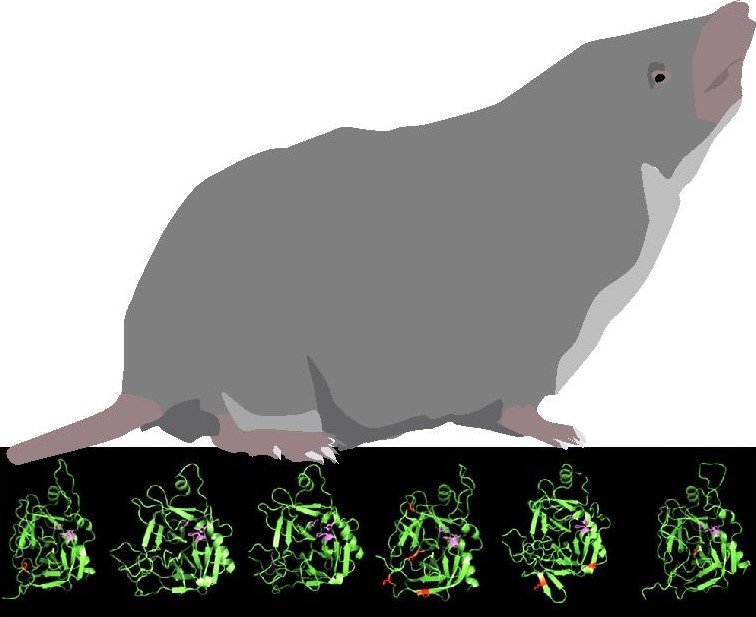
We are interested in the evolution of isolating barriers between diverging lineages and especially the role that ecology and divergent adaptations have in the formation of these barriers. We are addressing these questions with empirical research on taxa that are at different stages of divergence and in different environments and have focused largely in taxa that have formed hybrid zones and that occur along environmental gradients.
Our primary study system is the pine squirrel (Tamiasciurus). These squirrels are mostly found in coniferous forests across a wide range of abiotic and biotic conditions throughout North America. This research covers a wide-range of topics, such as genomics of local adaptation, the evolution of isolating barriers in hybrid zones, convergent evolution, morphological evolution, and inference of historical demography.
 Venom is known to have evolved in only a handful mammalian species, but our understanding of its origin and selective pressures are not well understood. We are actively studying the composition and origin of venom components in shrews and attempting to understand better the ecological pressures that have driven the evolution of this rare trait in mammals. We are collecting molecular data (genomics, transcriptomics, and proteomics) and using population genetic and phylogenetic approaches to study when and how venom genes have evolved.
Venom is known to have evolved in only a handful mammalian species, but our understanding of its origin and selective pressures are not well understood. We are actively studying the composition and origin of venom components in shrews and attempting to understand better the ecological pressures that have driven the evolution of this rare trait in mammals. We are collecting molecular data (genomics, transcriptomics, and proteomics) and using population genetic and phylogenetic approaches to study when and how venom genes have evolved.